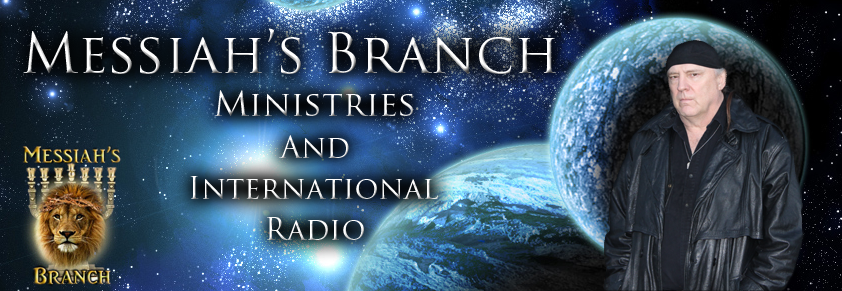Palimpsest Grigory Kessel, who made the discovery, told DailyMail.com: 'The Gospel text found in this reused manuscript contains the so-called Old Syriac translations of the Gospels.
'This Old Syriac translation quite often attests the Gospel text that is different from the standard Gospel text as we know it today.'
UV light has become popular among scientists who hope to uncover secret documents, as the hidden text absorbs the light and glows blue.
It can capture hidden text because parchment soaks in ink. And no matter how often it is reused, the original writings are still imprinted on the paper.
'The Gospel text is hidden in the sense that the early 6th c. parchment copy of the Gospels Book was reused twice and today on the same page one can find three layers of writing (Syriac – Greek – Georgian),' Kessel told DailyMail.com.
The Old Syriac translation of the scriptures was called 'Peshitta' and became the official translation used by the Syriac Church in the fifth century.
Kessel and his colleagues said the parchment was first reused for the Apophthegmata patrum in Greek, translated to 'Sayings of the Fathers.'
The desert fathers were early Christian hermits who practiced asceticism in the Egyptian desert.
They did so around the 3rd century and eventually formed the basis of Christian monasticism.
